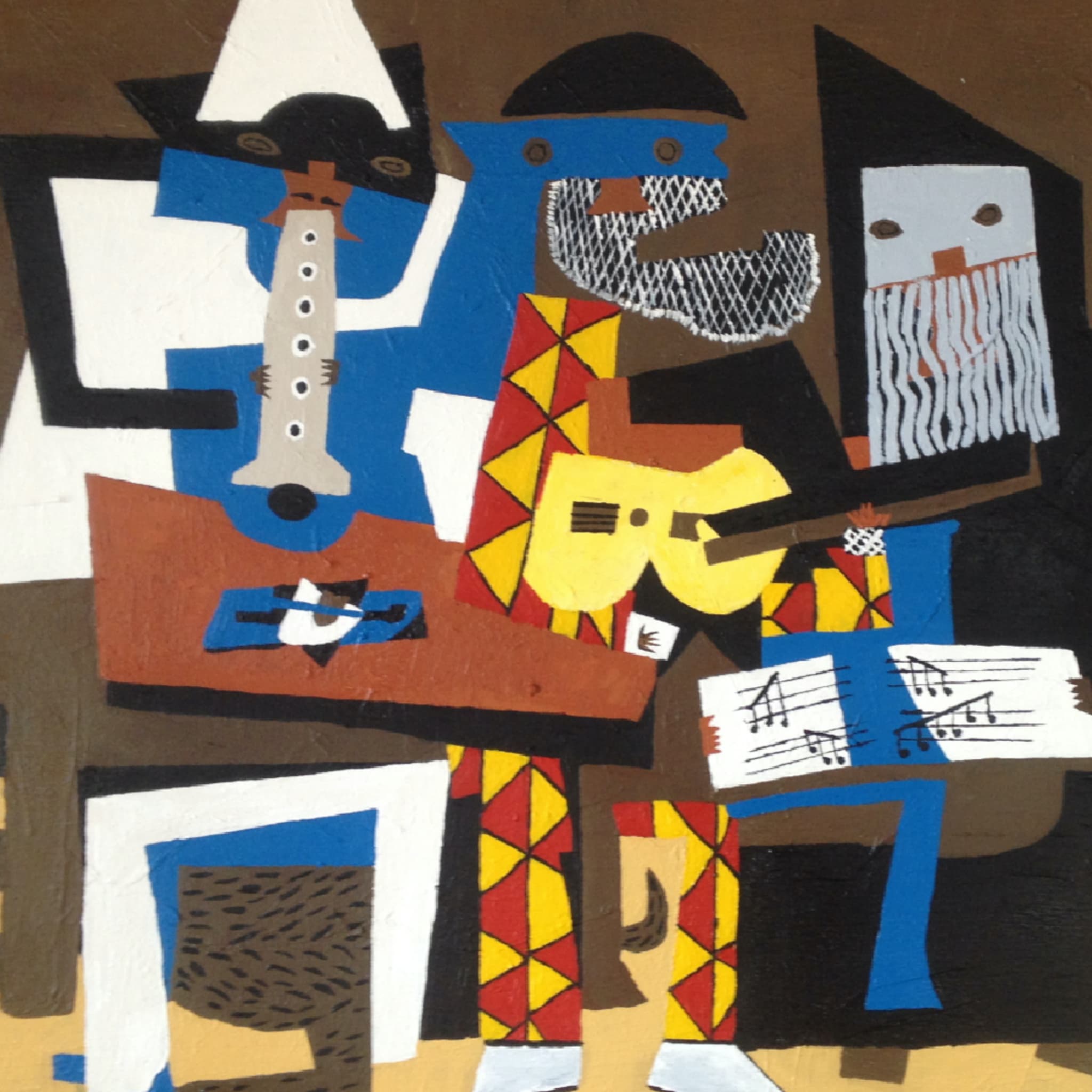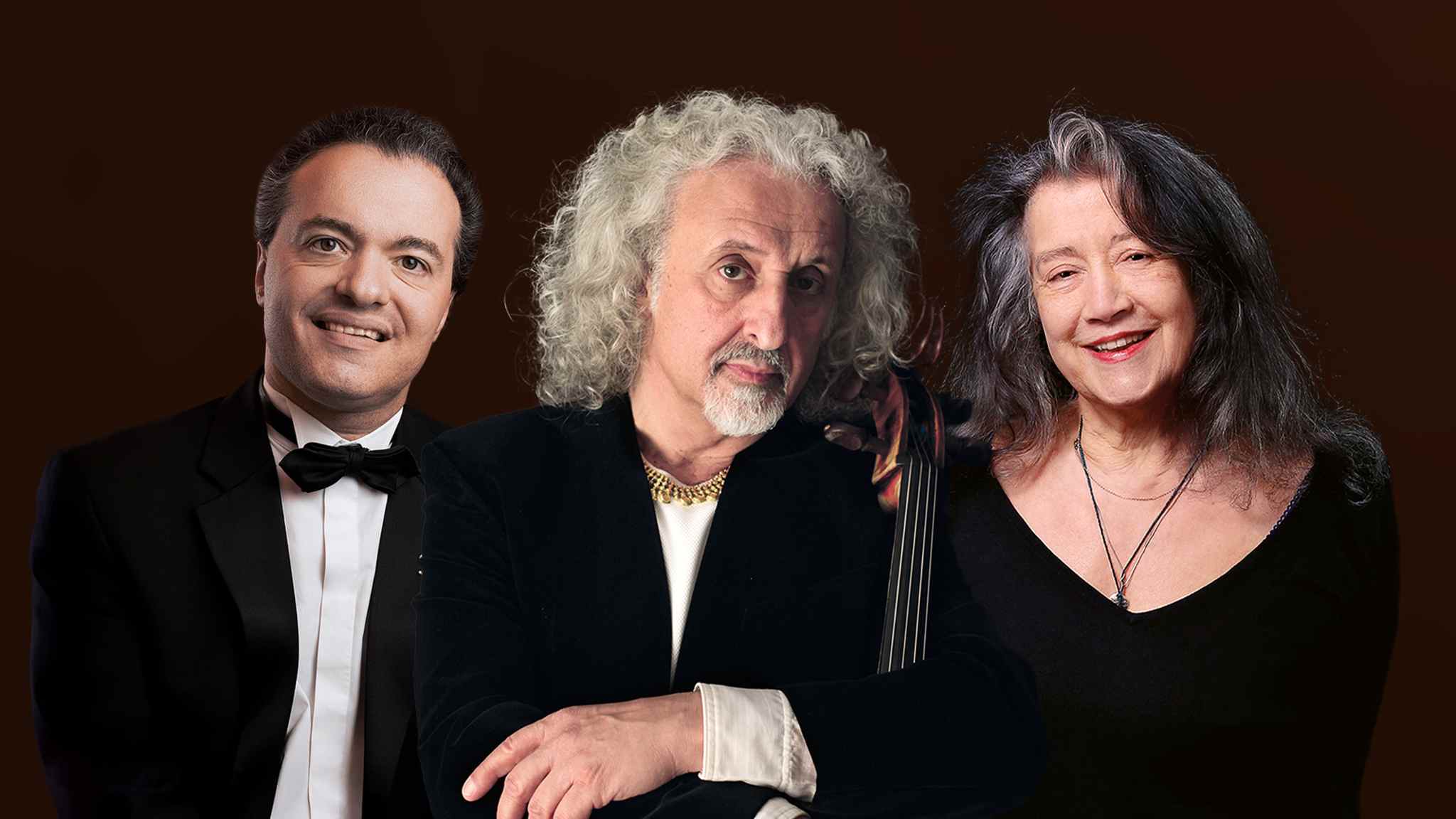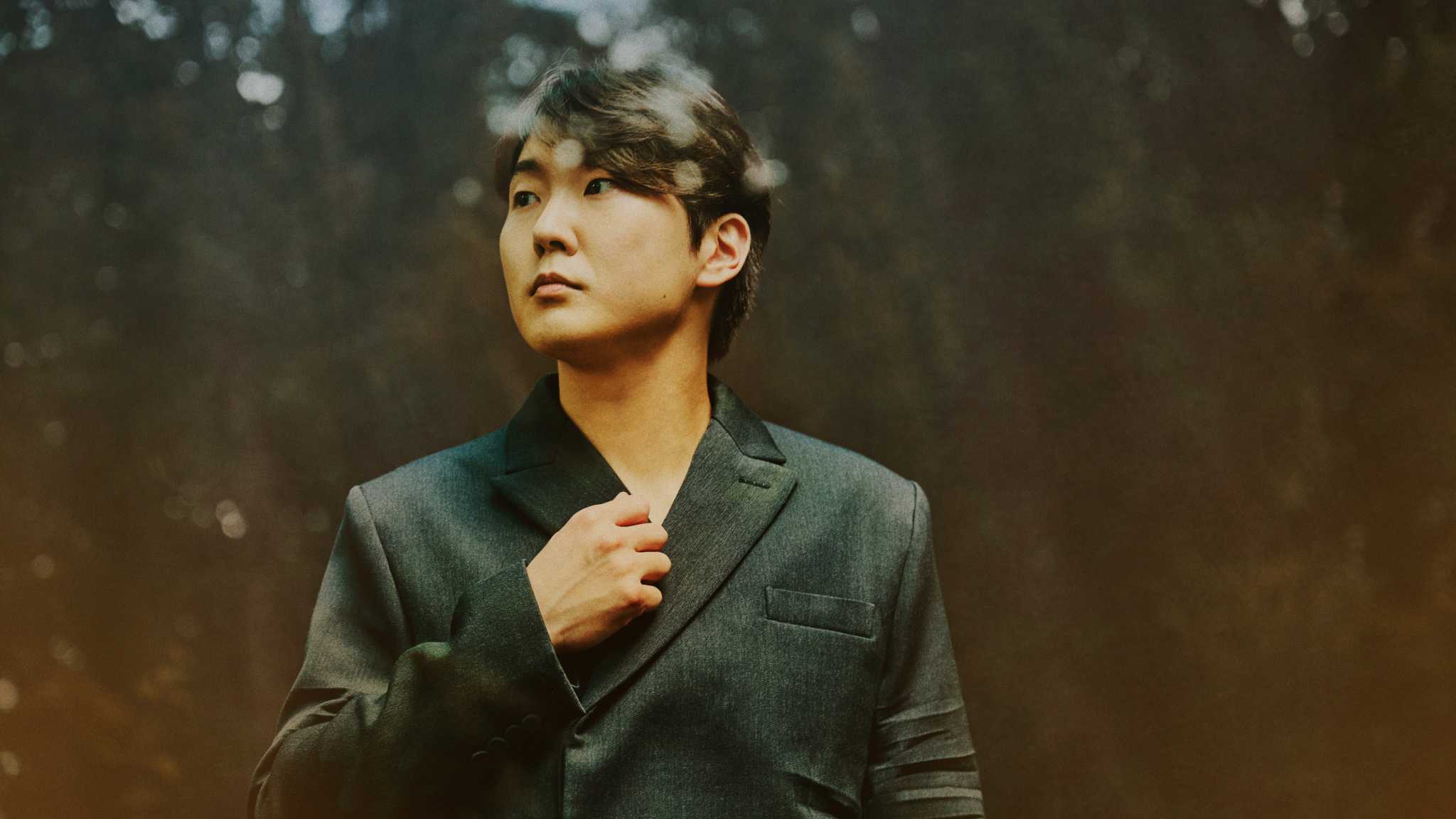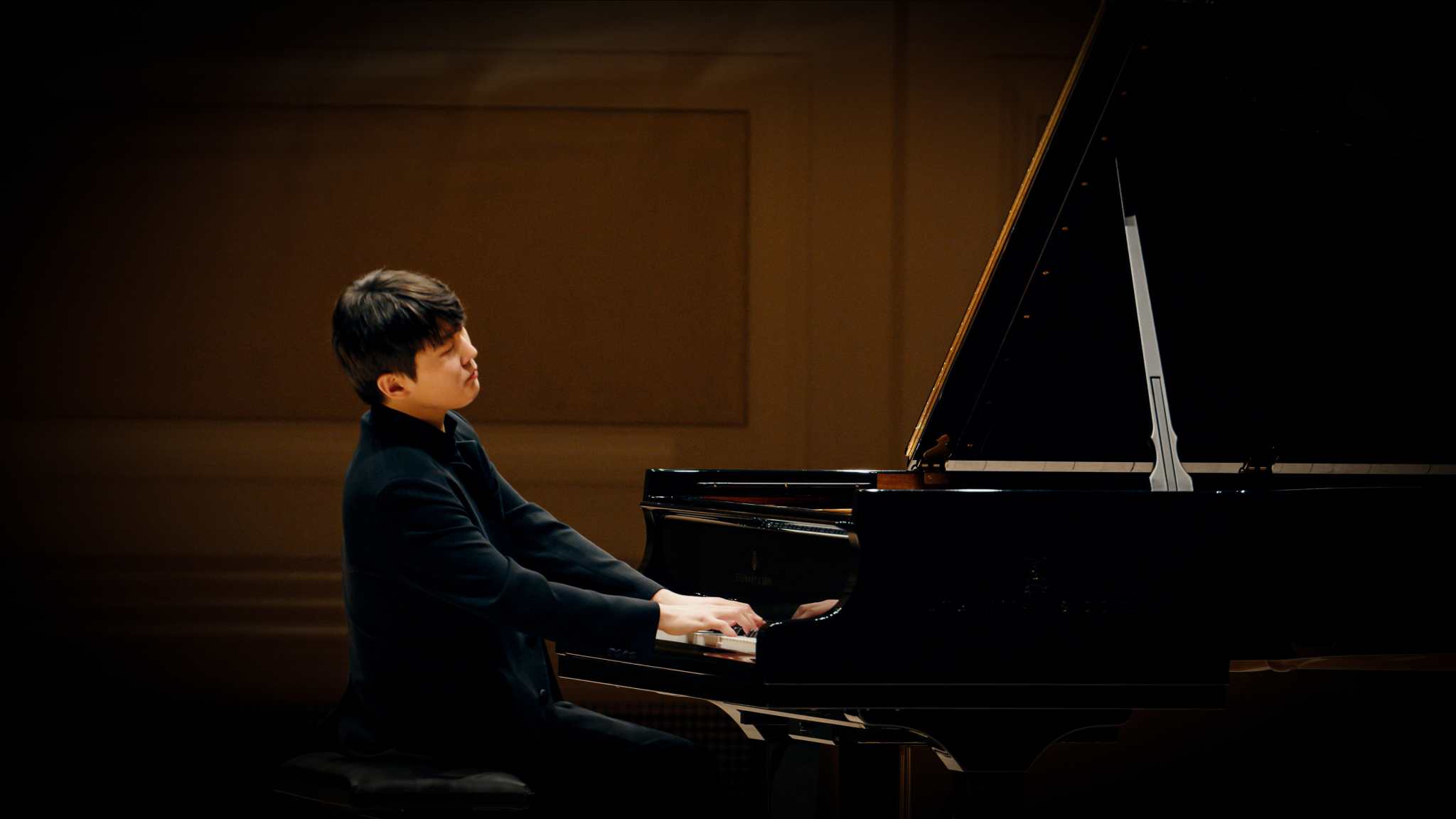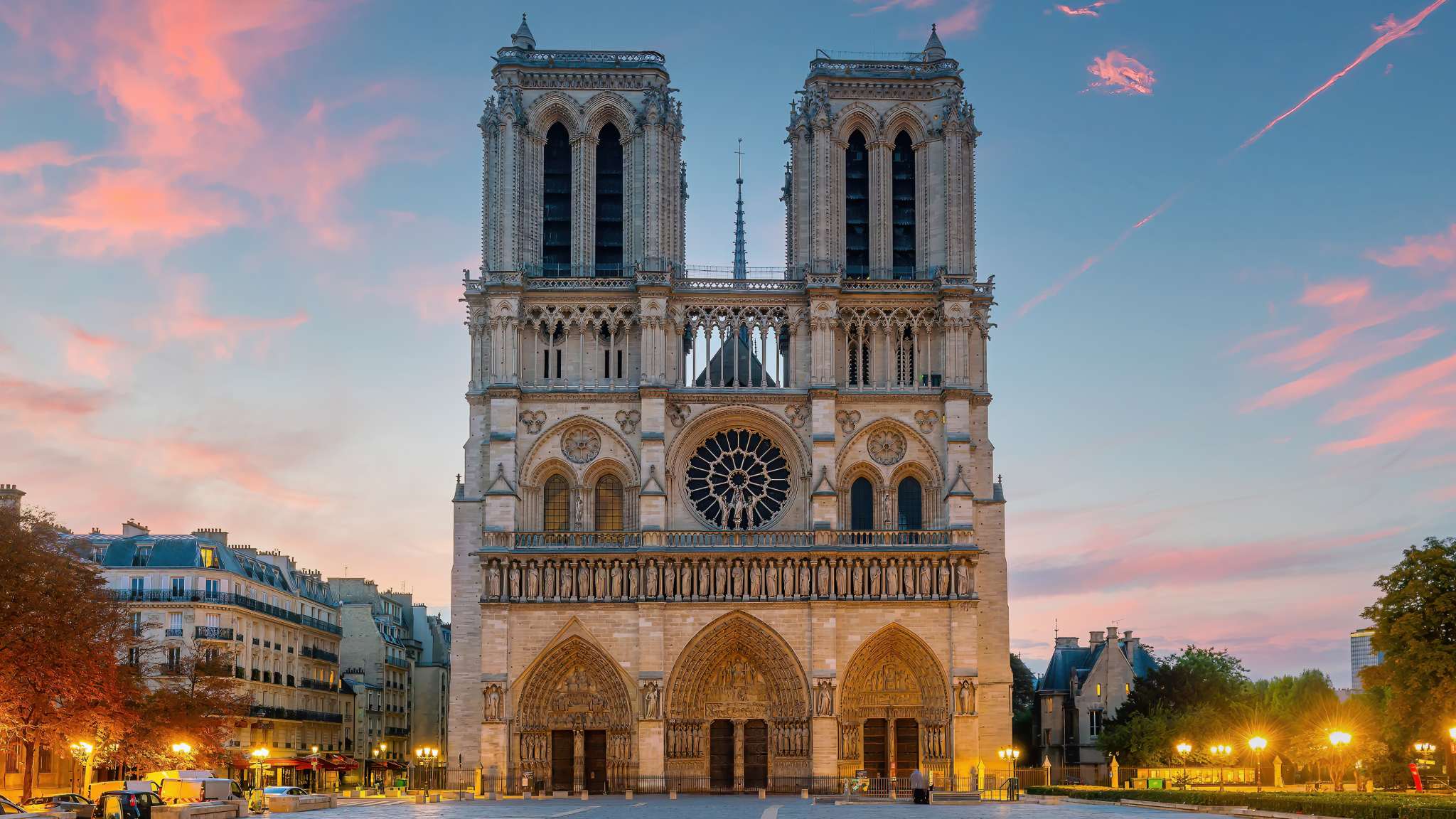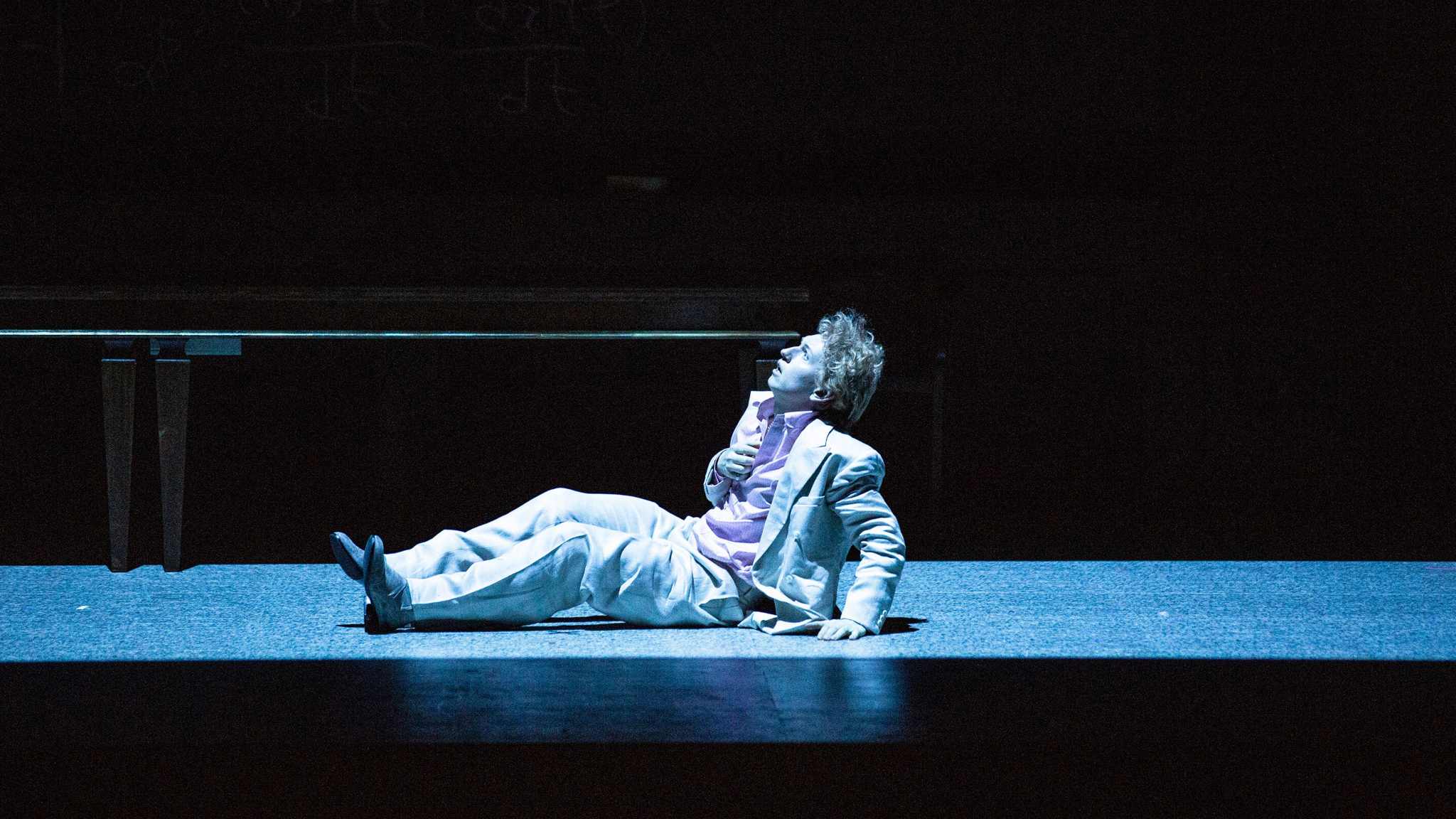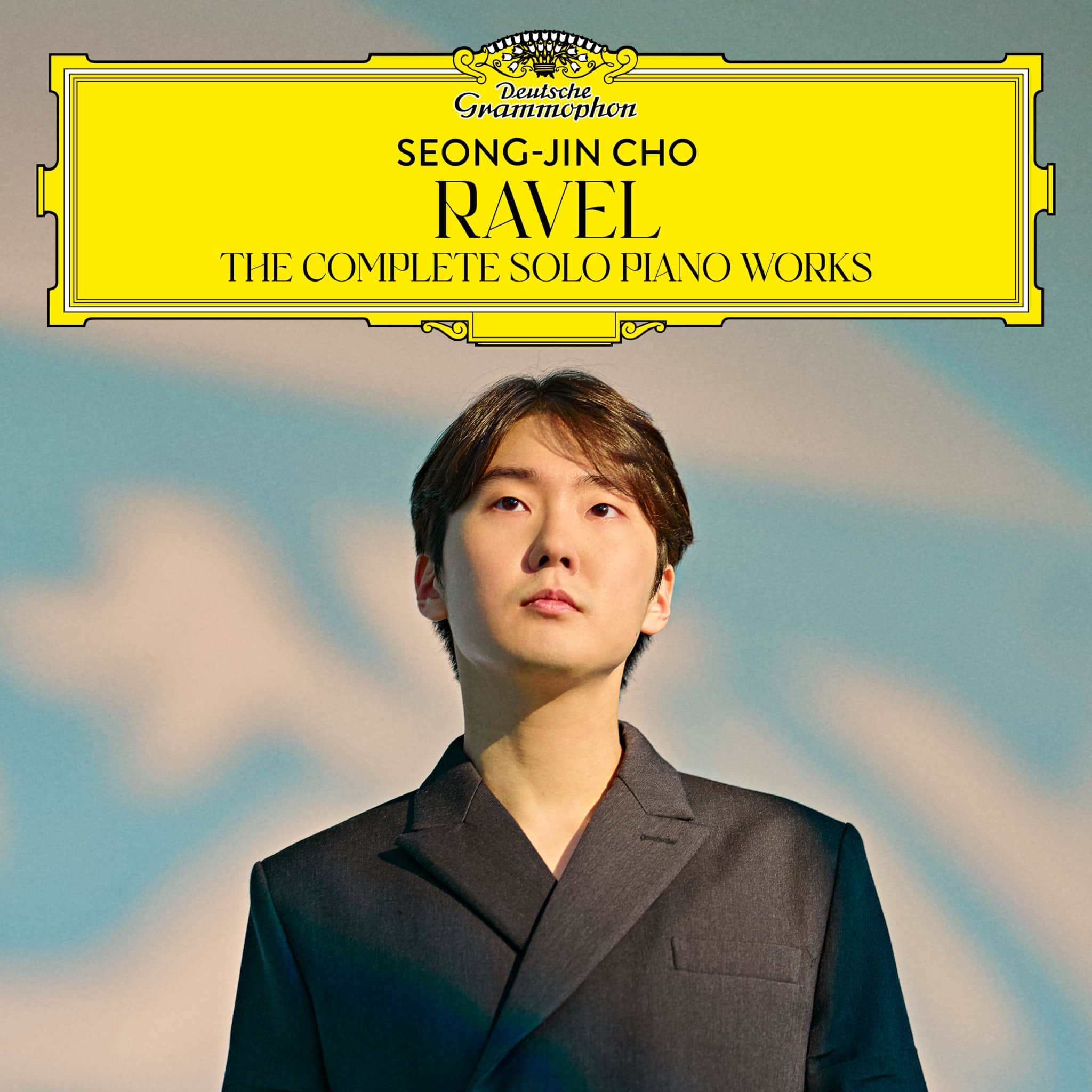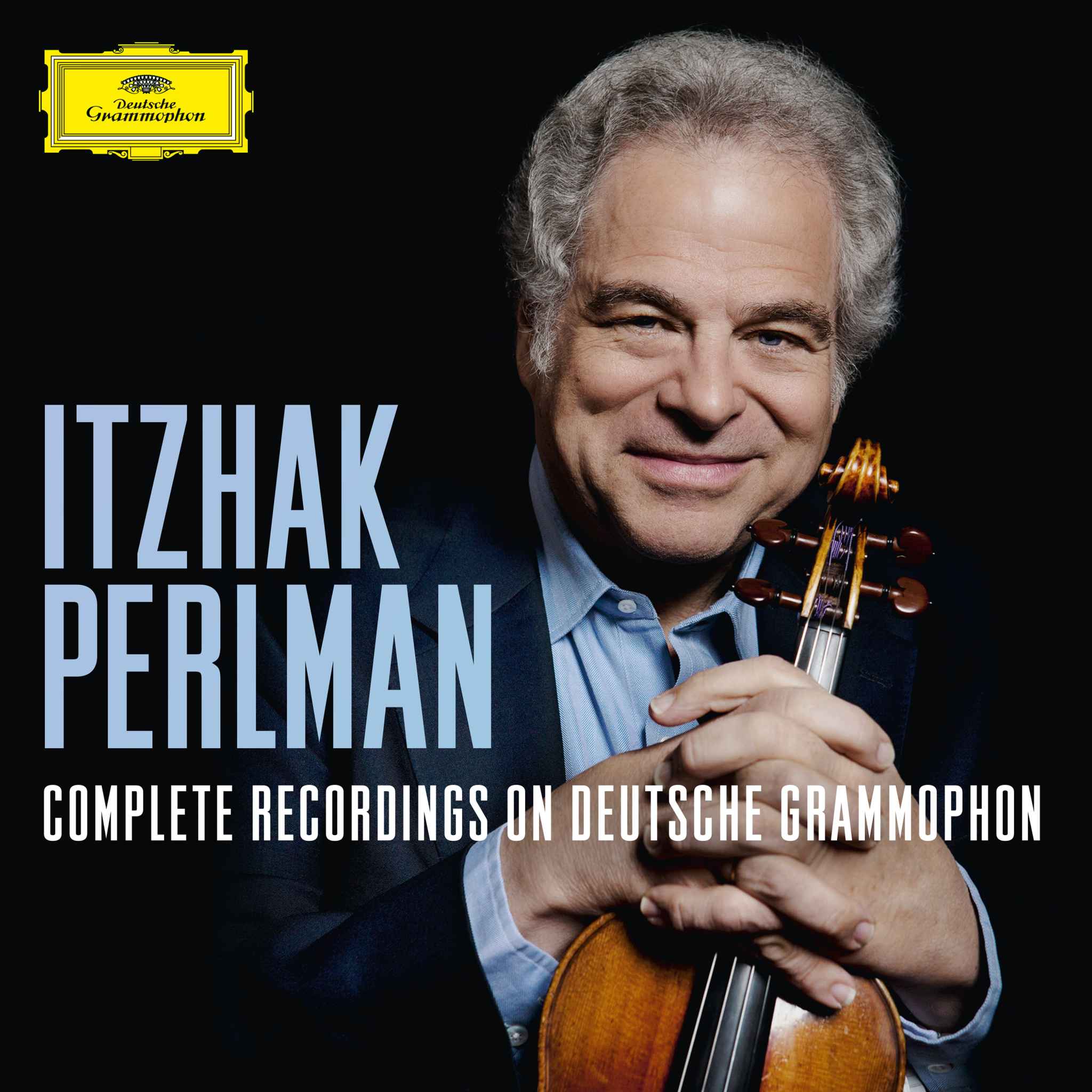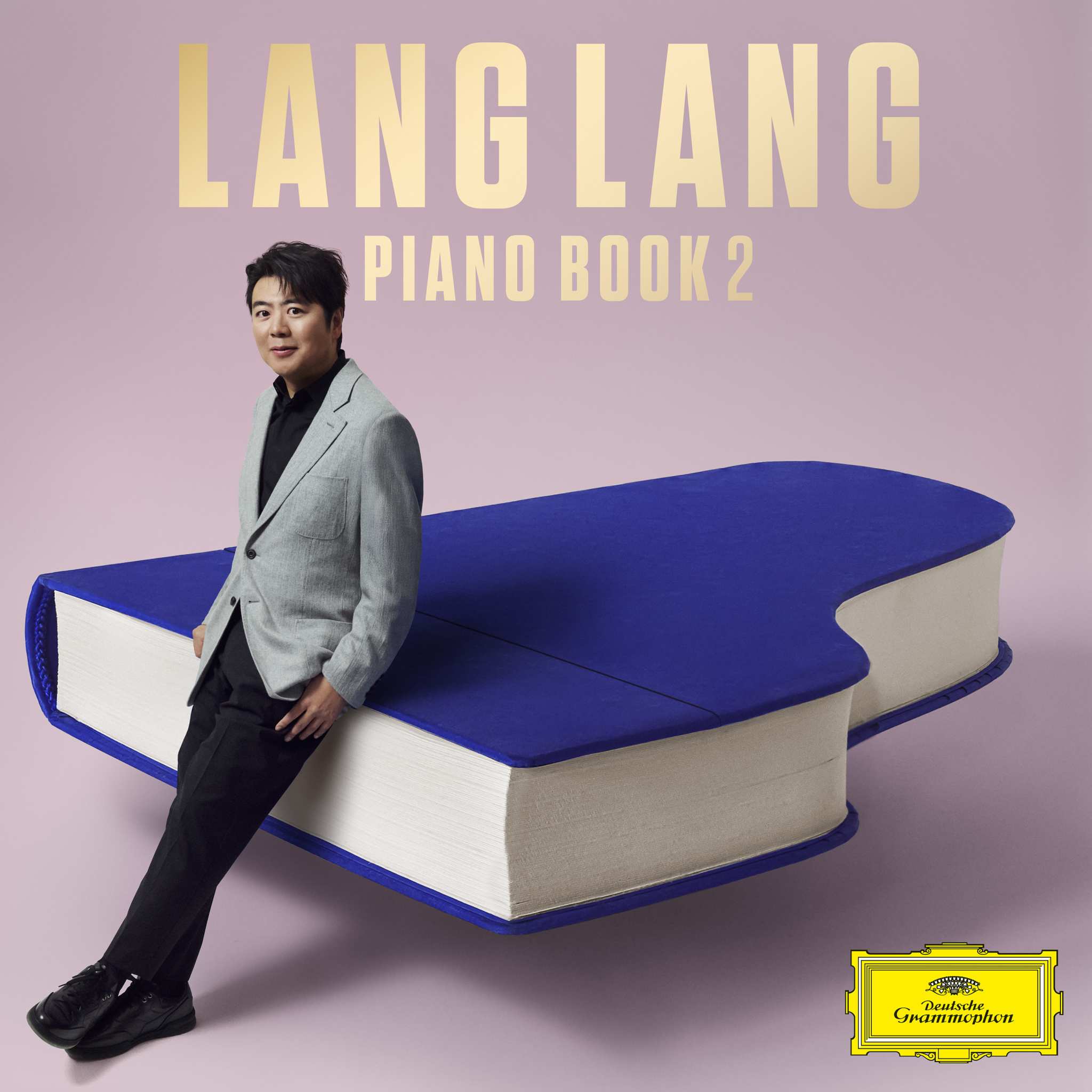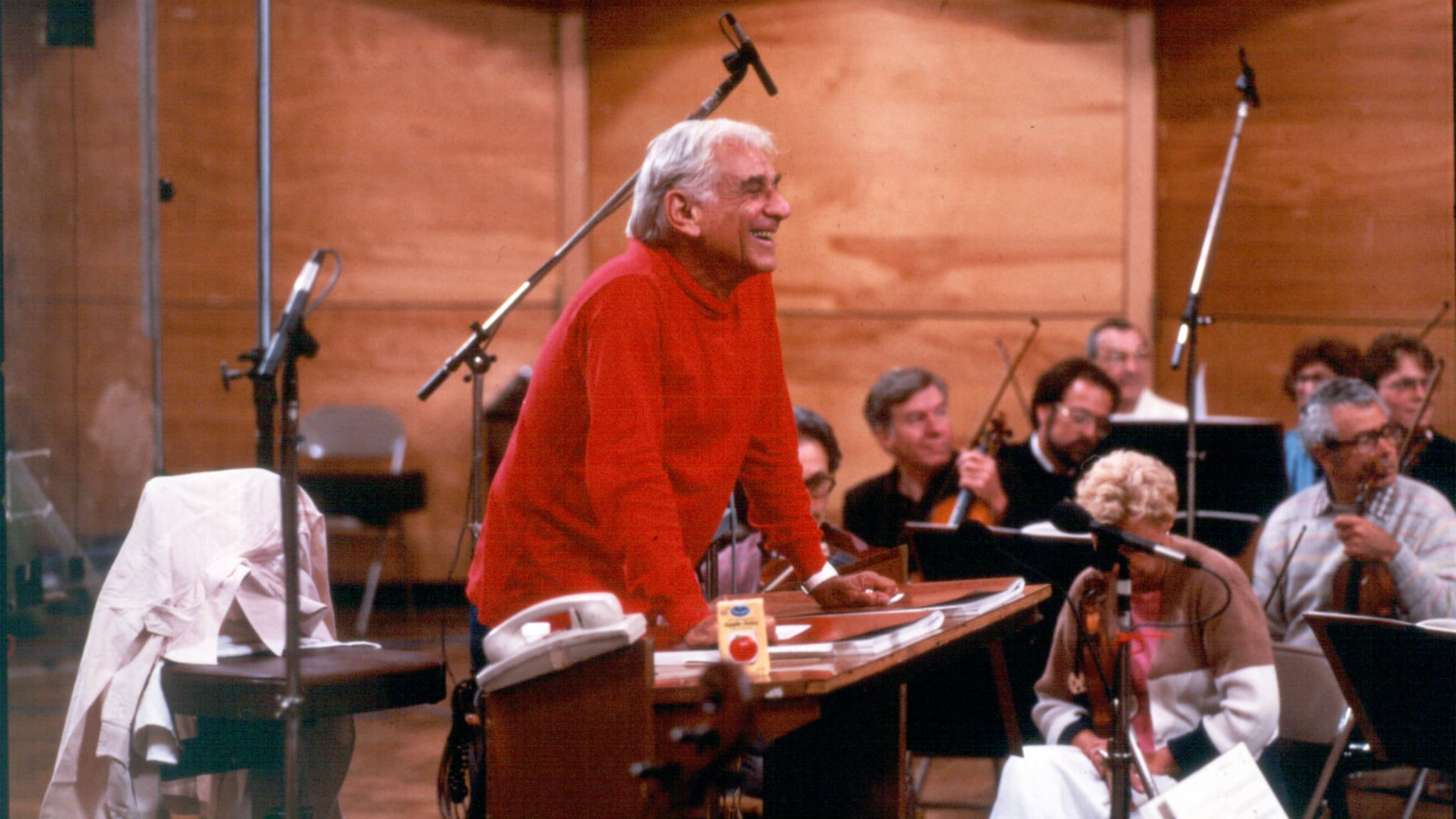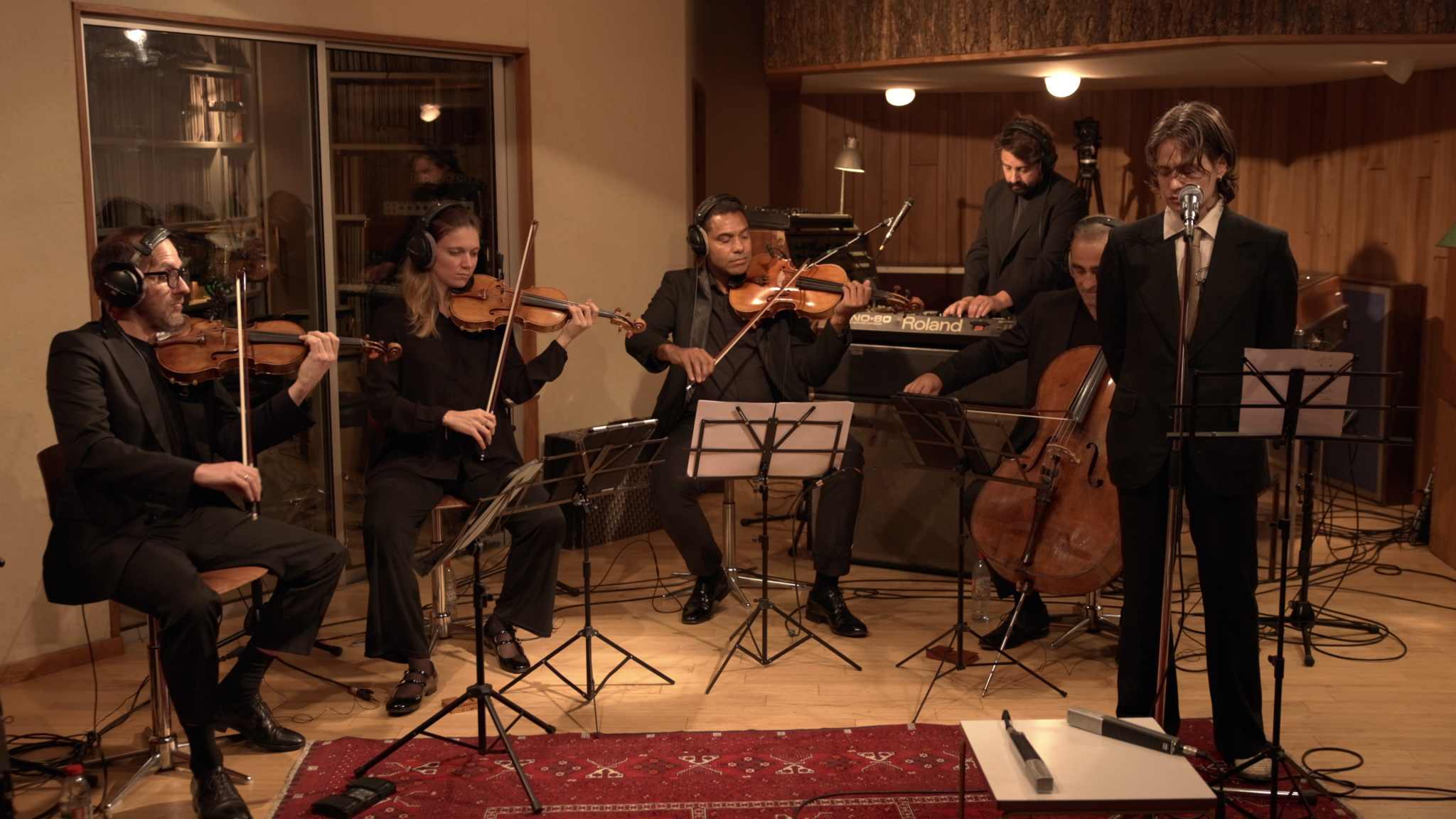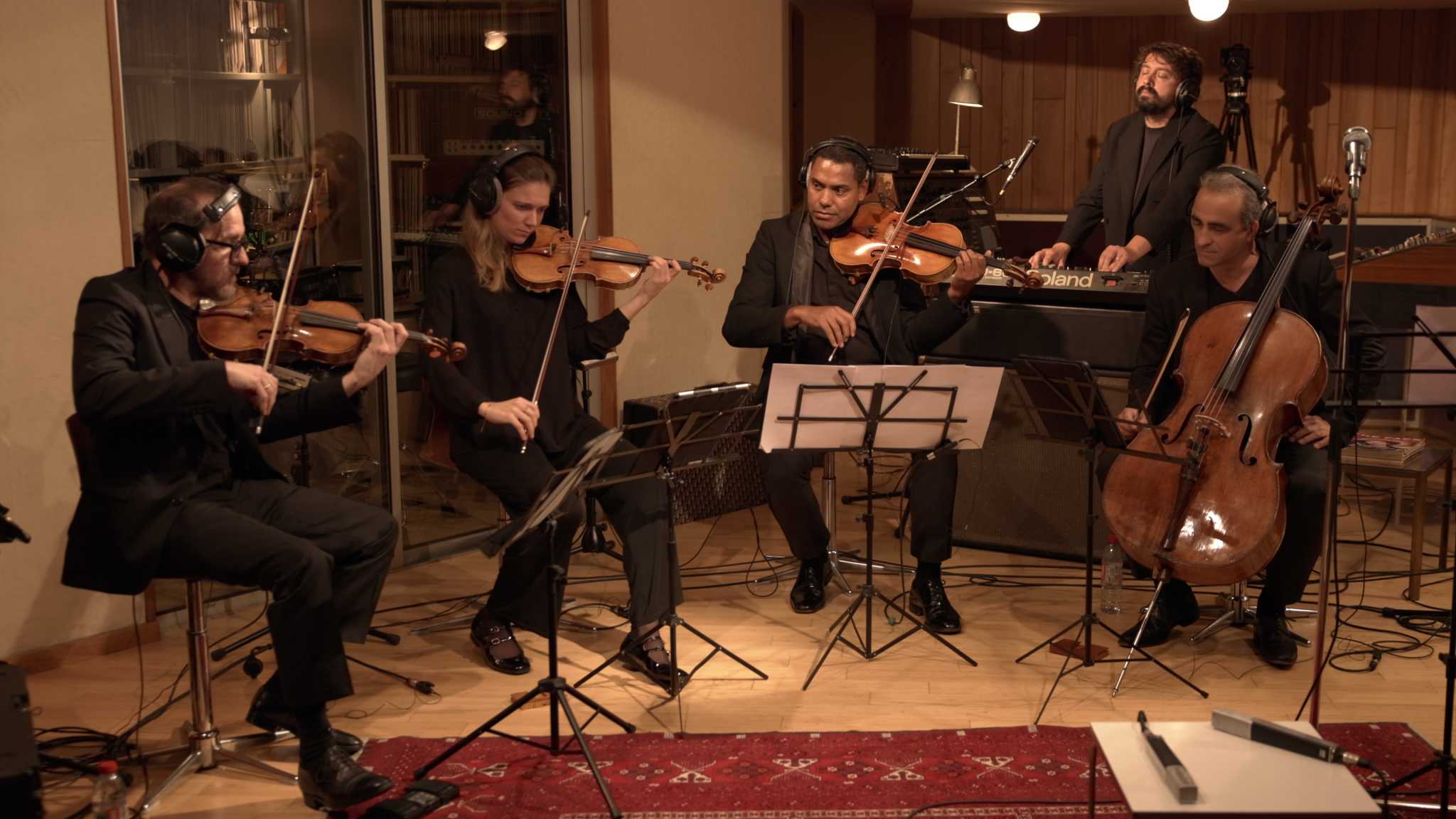Composers
Live
Concerts
Operas
Albums
Documentaries
Interviews
Short Videos
About20th Century
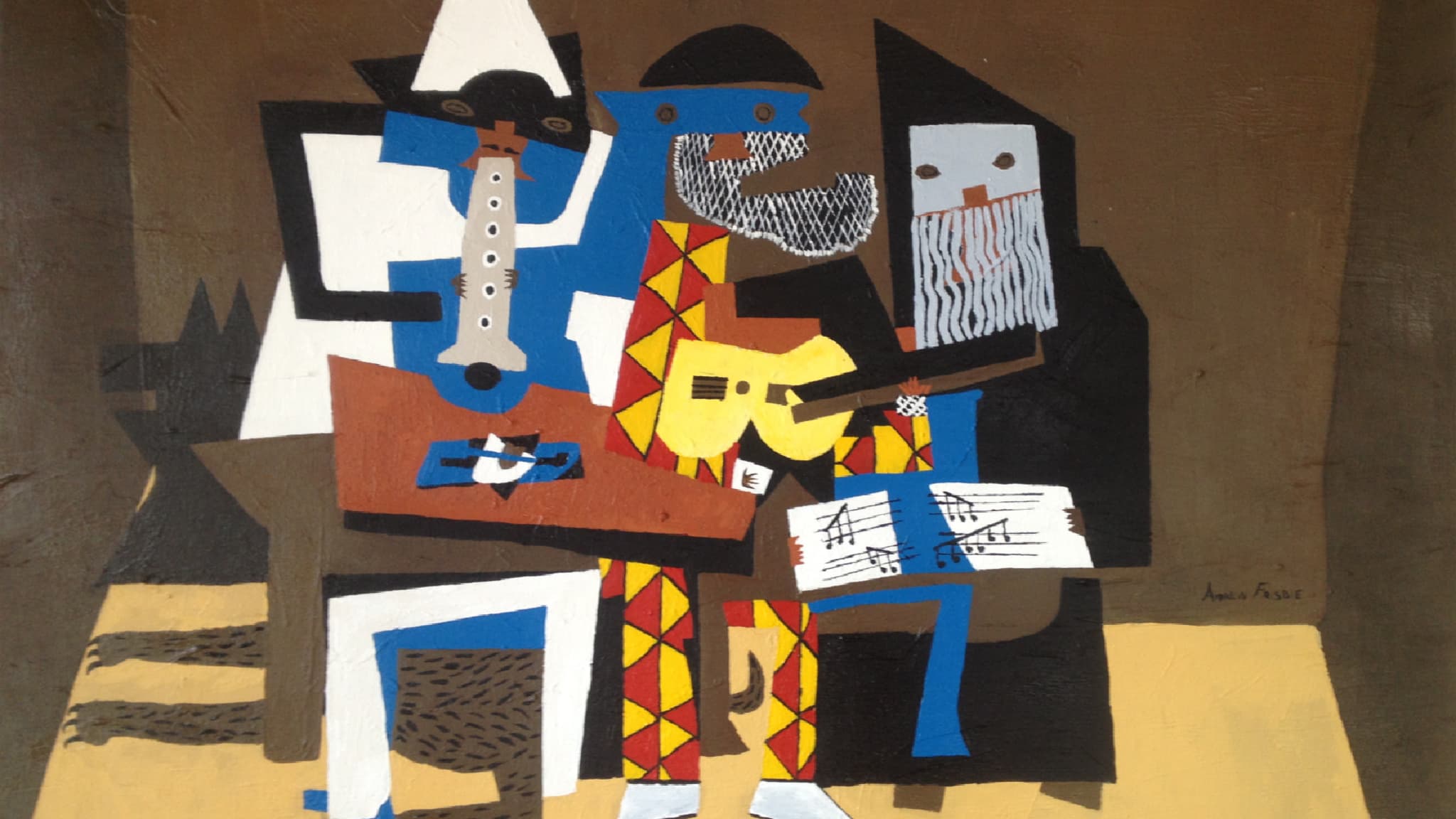
The music of the 20th century was characterised by many different trends and innovations. A so-called stylistic pluralism was the norm, with musicians and audiences moving beyond the confines of tradition, driving the variety of styles, expressions, and techniques. Composers struggled to build on the music of previous periods, prompting an experimental push to explore new approaches to composition and huge shifts in style, along with hostile political climates and technological advances, saw music undergo huge changes. Events like the Holocaust, Hiroshima, and World War II convinced composers of the need to start again, to either break from or draw on the past.
At the turn of the century, Gustav Mahler, Richard Strauss, and Jean Sibelius were writing post-Romantic symphonies, while Rachmaninoff and Edward Elgar continued to work in forms that derived from the 19th century. Impressionism was developing in France, with Claude Debussy and Maurice Ravel at the helm, seeking new textures, while keeping hold of traditional harmonic progressions. In contrast, the Second Viennese School in Austria, where Arnold Schoenberg and his students Anton Webern and Alban Berg were, developed the modernist trend of abandoning tonality to the extreme. Leaving behind harmony and melody as well, the twelve-tone technique emerged, and expressionism reached its peak. Francis Poulenc and Les Six composed music that opposed the Impressionist and Romantic ideas of the time, Milhaud and Gershwin began combining classical music with jazz passages and while late Romantic nationalism spilled into British and American music, Ralph Vaughn Williams and Aaron Copland were collecting folk songs and using the themes in their own works.
Neoclassicism emerged out of the push for order, balance, and emotional restraint – a reaction to the formlessness of late Romanticism and to the First World War. Composers like Igor Stravinsky, Sergei Prokofiev, Dmitri Shostakovich, Béla Bartók, and Paul Hindemith drew from the 18th century, a period considered to have virtues that were lacking in the 20th century. Neoclassical works expanded the classical palette to include more dissonant elements without going to the extremes of the twelve-tone and serial composers.
The musical vocabulary was further extended by the likes of Charles Ives, John Foulds and Mildred Couper, incorporating microtones and in the 1940s and 50s, technology was applied in musique concrète. The second half of the 20th century saw the development of serial music, minimal music, and electronic music, led by important innovators Karlheinz Stockhausen, John Cage, and Philip Glass, whose direct influence is still felt today Composers like Steve Reich, Michael Nyman and John Adams also championed minimalism and continued to break musical boundaries and Pierre Boulez further developed the twelve-tone technique. Electroacoustic music became the umbrella term used to describe music involving computers, synthesizers, and other electronic devices. With evermore progressive methods, composers had a much wider palette to work with and the music reflected the societal advances and developments in technology, drawing influence from other cultures, other types of music, and the many experiments taking place around them.
